The A-Z of the Metal Fabrication Process
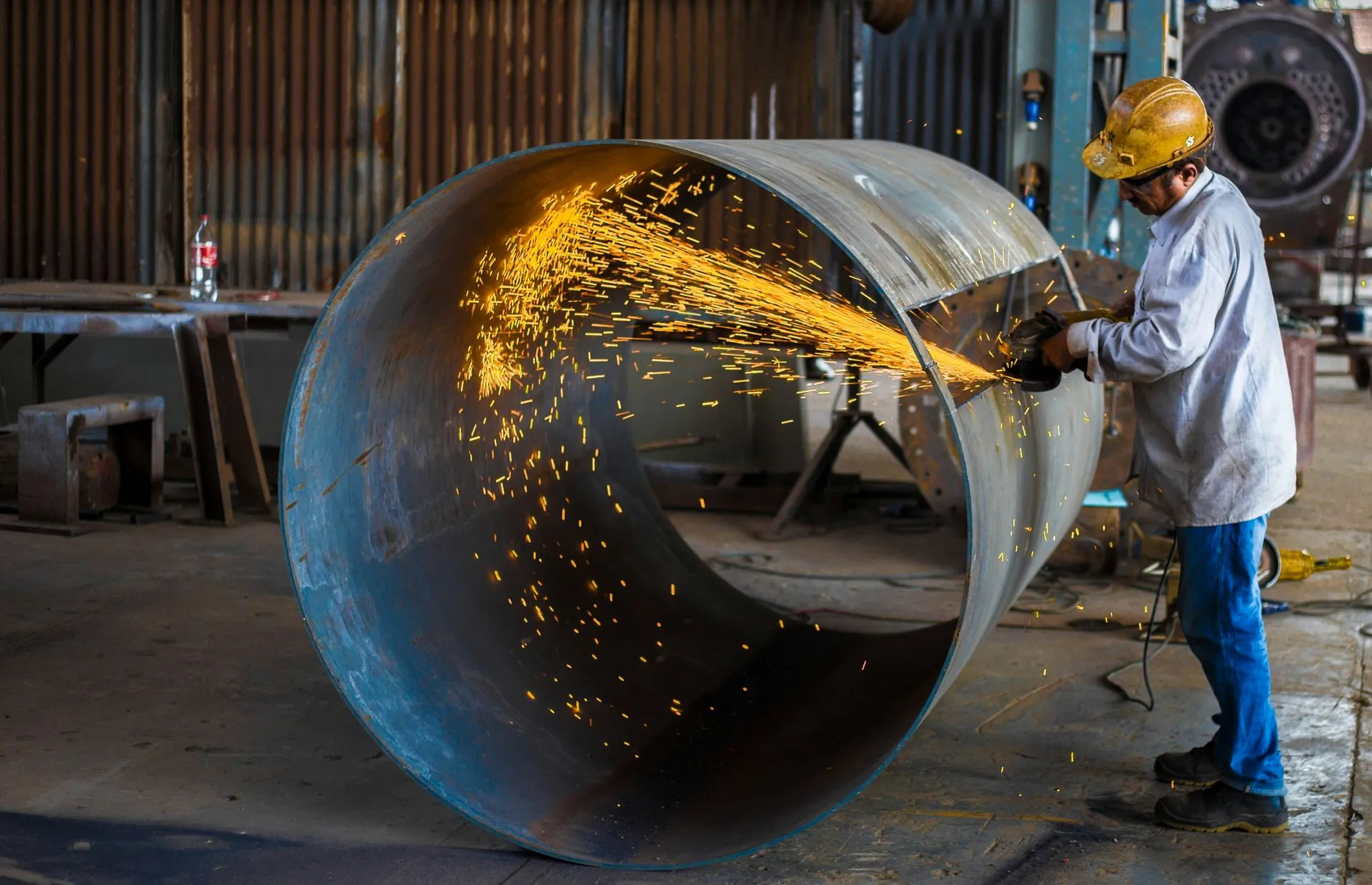

Metal fabrication is a fascinating journey from raw materials to finished products, touching nearly every aspect of modern life. Whether you’re driving a car, flying in an airplane, or simply using a household appliance, metal fabrication plays a crucial role. This guide will walk you through the A-Z of the metal fabrication process, breaking each step into a clear and concise explanation.
Assessment and Planning
The journey begins with a detailed assessment of the project requirements. Engineers and designers collaborate to understand the product’s specifications, materials, and end-use. This stage involves:
- Blueprint Creation: Detailed drawings and specifications are drafted using CAD (Computer-Aided Design) software.
- Material Selection: Choosing the correct type of metal (e.g., steel, aluminum, copper) based on the project’s needs.
Budgeting
Creating a comprehensive budget is essential. This includes:
- Cost Estimation: Calculating the costs of materials, labor, and overheads.
- Timeline Planning: Establishing a timeline for each phase of the fabrication process.
Cutting
Cutting is the first significant step in the physical fabrication process:
- Laser Cutting: High-precision cutting using focused laser beams.
- Plasma Cutting: Using electrically conductive gas to cut through metal.
- Water Jet Cutting: Employing high-pressure water mixed with abrasive substances for precise cuts.
Drilling
Drilling involves creating holes in the metal for assembly or further processing:
- Manual Drilling: Using hand-held drills for small-scale projects.
- CNC Drilling: Computer-controlled drilling machines for high precision.
Engraving and Etching
Adding detailed markings or designs:
- Laser Engraving: Using lasers to etch detailed designs onto the metal surface.
- Chemical Etching: Using acid or other chemicals to create patterns or text.
Forming
Shaping the metal into the desired form:
- Bending: Using press brakes to bend the metal into specific angles and shapes.
- Stamping: Pressing shapes into metal sheets using dies.
Grinding
Smoothing and finishing the metal surfaces:
- Surface Grinding: Grinding wheels are used to achieve a smooth finish.
- Precision Grinding: Achieving tight tolerances and smooth surfaces for specific applications.
Heat Treatment
Altering the physical properties of the metal to enhance strength and durability:
- Annealing: Heating and then slowly cooling the metal to remove internal stresses.
- Quenching: Rapidly cooling the metal to increase hardness.
Inspection
Ensuring the quality and accuracy of the fabricated pieces:
- Dimensional Inspection: Checking the dimensions of the metal parts against the blueprints.
- Non-Destructive Testing (NDT): Techniques like ultrasonic or radiographic testing to detect internal flaws.
Joining
Assembling the individual metal parts:
- Welding: Using heat to join metals together.
- Brazing and Soldering: Joining metals using a filler material.
Knurling
Creating textured patterns on the metal surface for grip or aesthetic purposes:
- Manual Knurling: Using a lathe to create patterns manually.
- Automated Knurling: CNC machines for consistent and precise patterns.
Loading and Transportation
Preparing the finished products for delivery:
- Packing: Safely packaging the metal products to prevent damage during transport.
- Logistics Planning: Coordinating the transportation of the products to the client or the next production stage.
Machining
Refining and shaping the metal parts:
- Milling: Removing material using rotary cutters.
- Turning: Rotating the metal while cutting to create cylindrical shapes.
Nesting
Optimizing material usage by arranging parts to be cut from metal sheets:
- Manual Nesting: Manually arranging parts to minimize waste.
- Automated Nesting Software: Using software to optimize the layout for cutting.
Outsourcing
Collaborating with external specialists for specific tasks or components:
- Specialized Cutting: Outsourcing laser or water jet cutting to experts.
- Finishing Services: Working with companies specializing in powder coating or painting.
Polishing
Achieving a high-quality finish on metal surfaces:
- Buffing: Using abrasive compounds and wheels for a mirror-like finish.
- Electropolishing: Electrochemically removing surface imperfections.
Quality Control
Ensuring every piece meets the required standards:
- ISO Standards Compliance: Adhering to international standards for metal fabrication.
- Continuous Improvement: Regularly reviewing processes to enhance quality.
Rolling
Reducing the thickness or changing the cross-section of metal:
- Hot Rolling: Rolling metal at high temperatures for easier shaping.
- Cold Rolling: Rolling metal at room temperature for precise dimensions.
Sharing
Cutting straight lines through metal sheets:
- Guillotine Shearing: Using a shear blade to cut large metal sheets.
- Punch Shearing: Cutting smaller sections using a punch press.
Testing
Verifying the properties and performance of the metal parts:
- Destructive Testing: Testing to failure to understand the material limits.
- Fatigue Testing: Assessing how the material performs under repeated stress.
Upholding Standards
Maintaining high standards throughout the process:
- Training and Certification: Ensuring staff are well-trained and certified.
- Regular Audits: Conducting internal and external audits to uphold standards.
Venting
Creating openings in metal for ventilation or fluid passage:
- Laser Cutting: Precision cutting of vent holes.
- Punching: Using a press to create vents in sheet metal.
Welding
Joining metal pieces using various welding techniques:
- MIG Welding: Using a wire electrode and gas for welding.
- TIG Welding: Using a tungsten electrode for precision welding.
X-ray Inspection
Using X-rays to inspect internal structures:
- Radiographic Testing: Non-destructive testing to detect internal flaws.
Yielding
Understanding the yield point of metals during the fabrication process:
- Material Testing: Assessing the yield strength of metals.
- Stress Analysis: Ensuring designs account for material limits.
Zero Defects Strategy
Striving for perfection in every project:
- Lean Manufacturing: Implementing lean principles to minimize waste and maximize efficiency.
- Continuous Improvement: Regularly enhancing processes to reduce defects.
Conclusion
Metal fabrication is a complex yet fascinating journey from blueprint to reality. Each step requires precision, expertise, and a commitment to quality. By understanding this A-Z guide, you can appreciate the meticulous effort involved in transforming raw metal into essential components and products that shape our world.
Newsletter
Don't miss a thing!
Sign up to receive daily news
Recent Posts
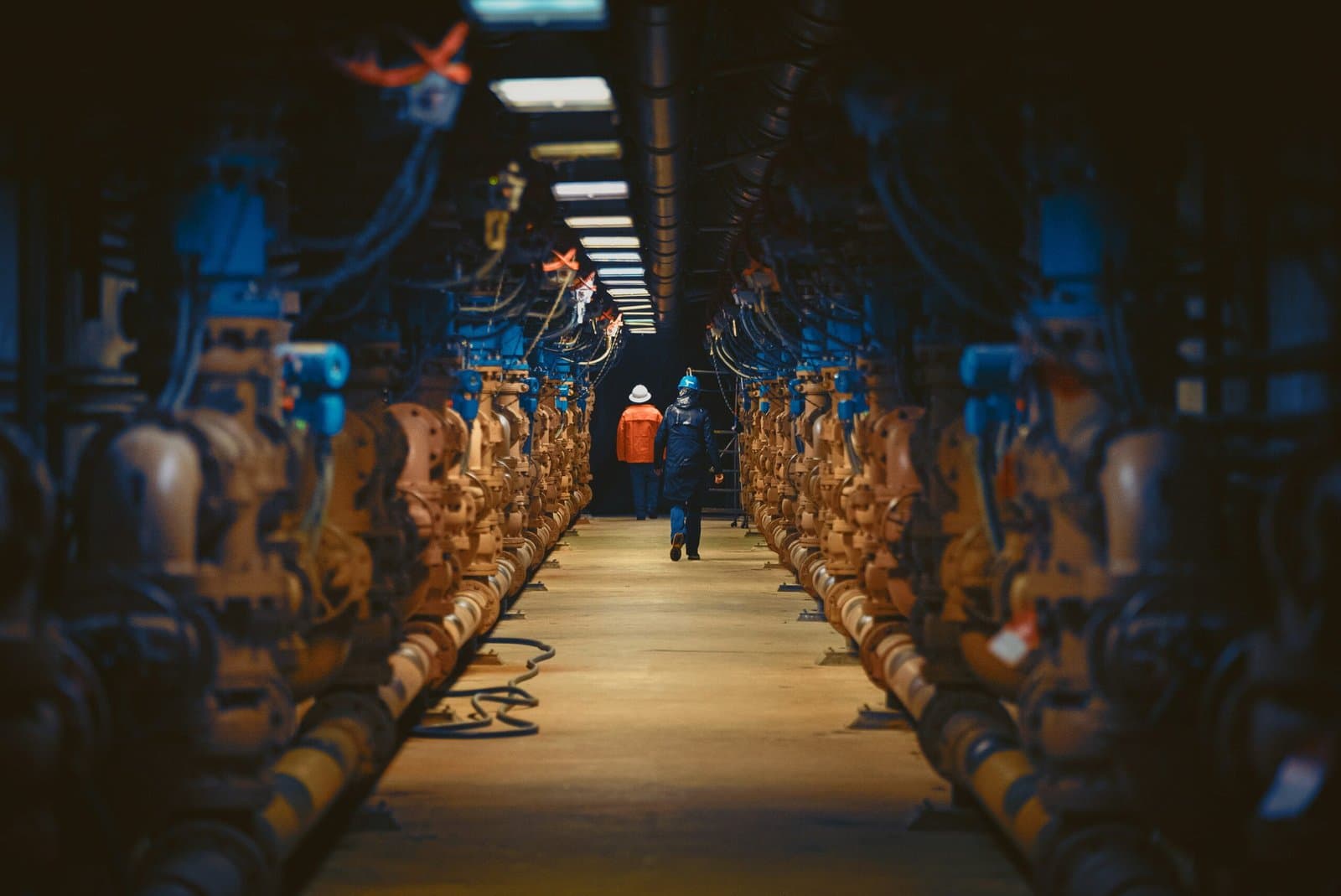
august 30, 2025
Decommissioning a Facility: How to Turn It into a Profitable Venture
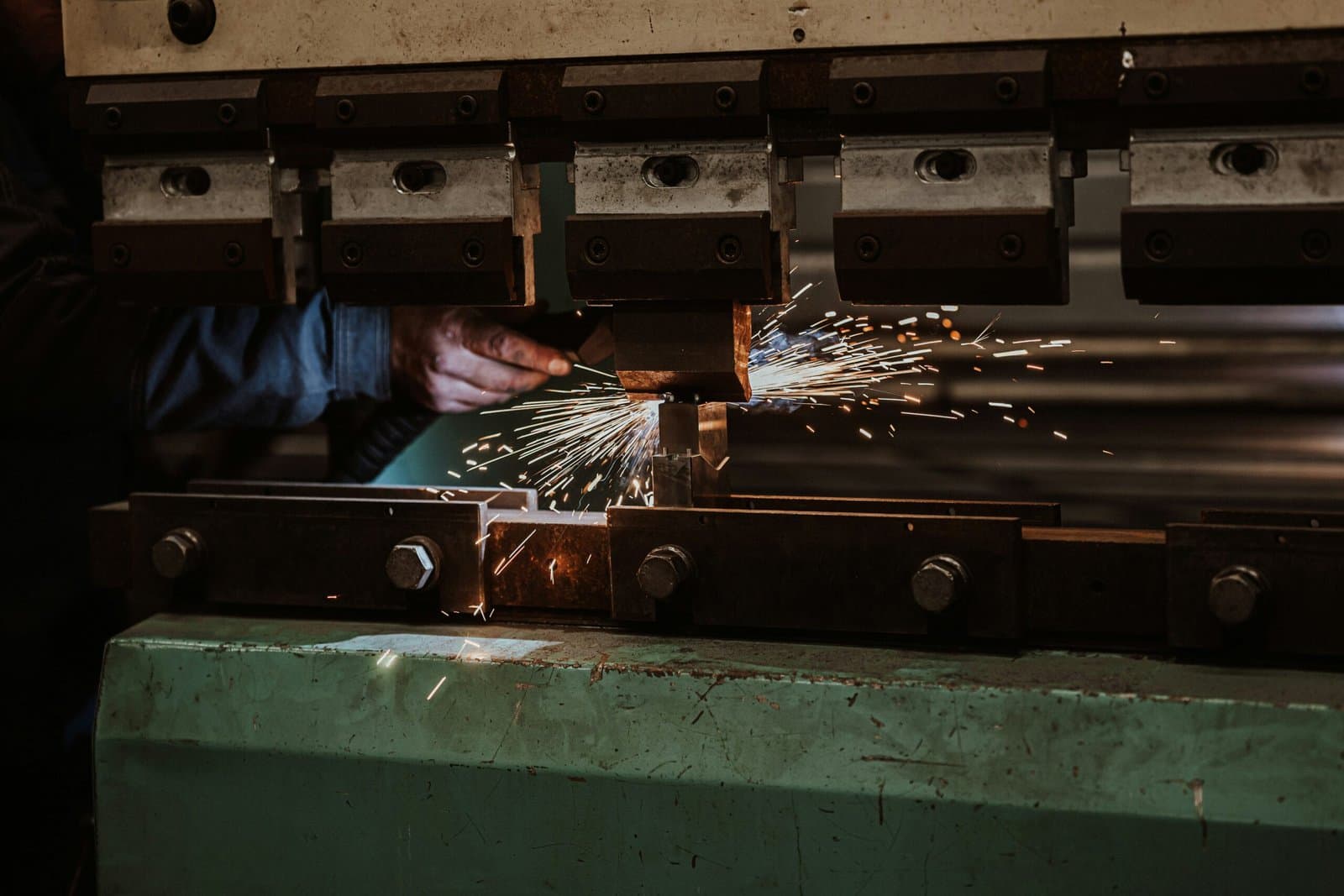
august 25, 2025
Hydraulic Press Maintenance 101
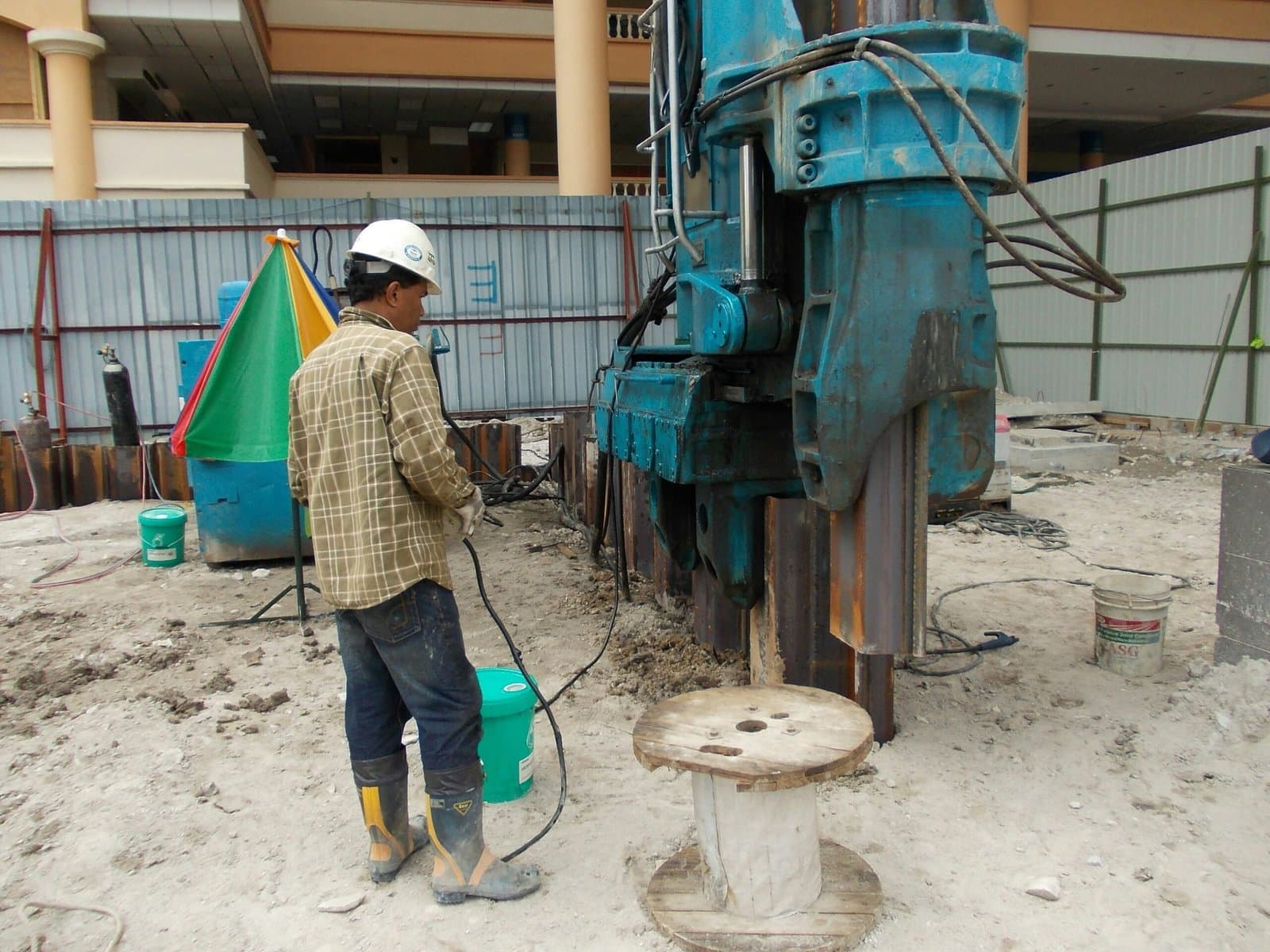
august 18, 2025
Rigging Machinery: The Challenge of Moving and Installing Outdated vs. Modern Equipment
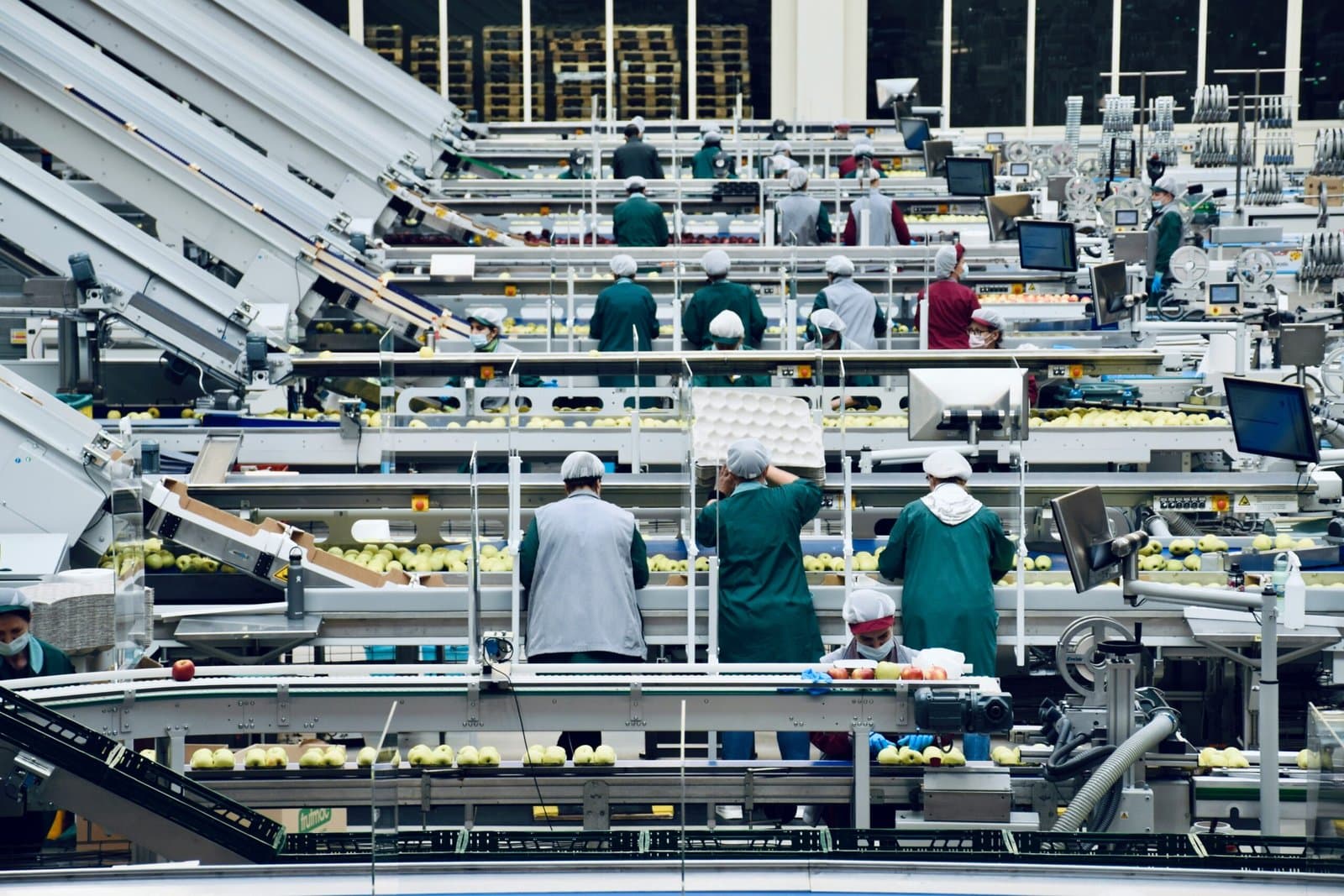
august 16, 2025
Conveyor System Maintenance: 5 Early Warning Signs of Failure
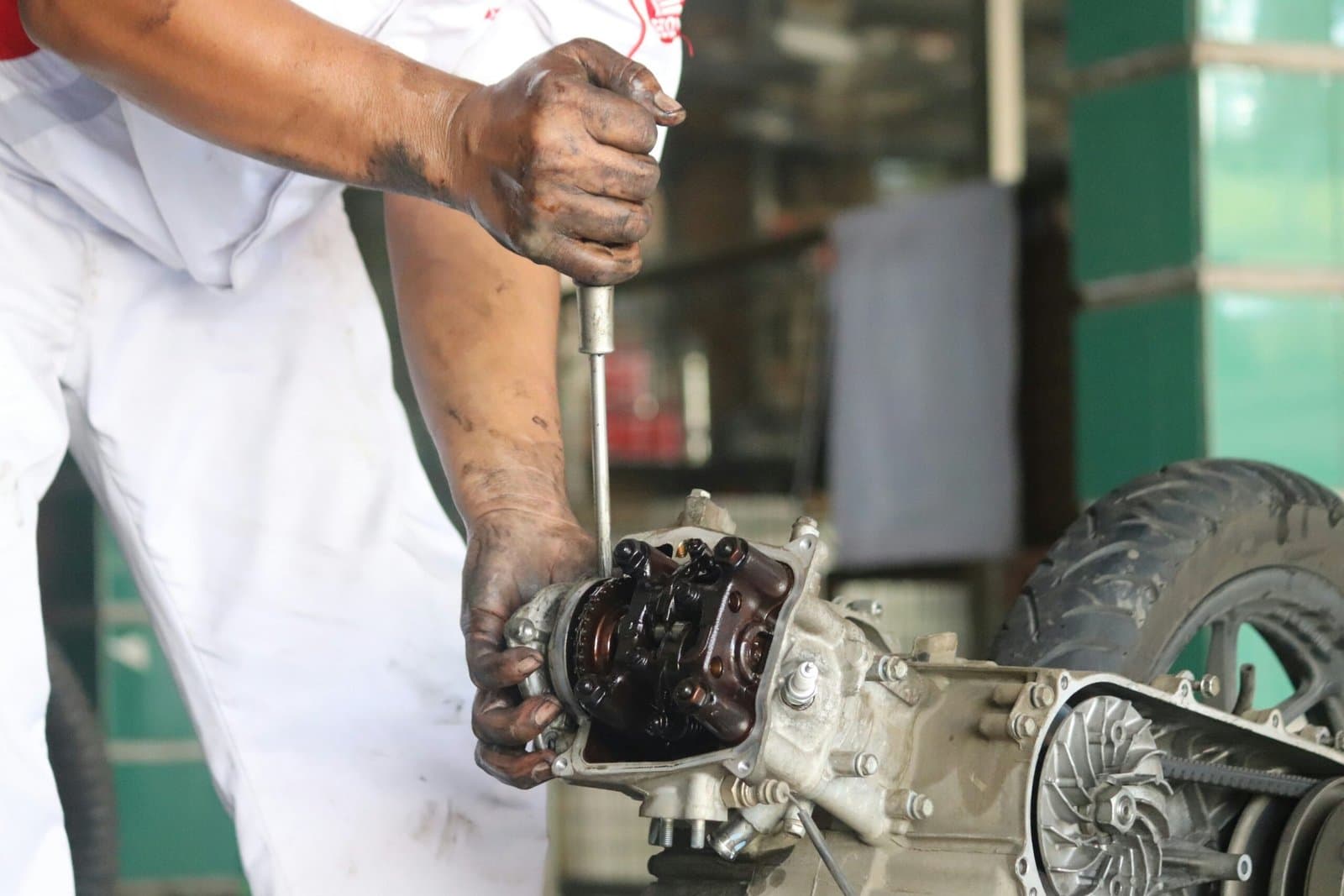
august 14, 2025
Predictive Maintenance: The Smarter Alternative to Costly Reactive Repairs

august 11, 2025